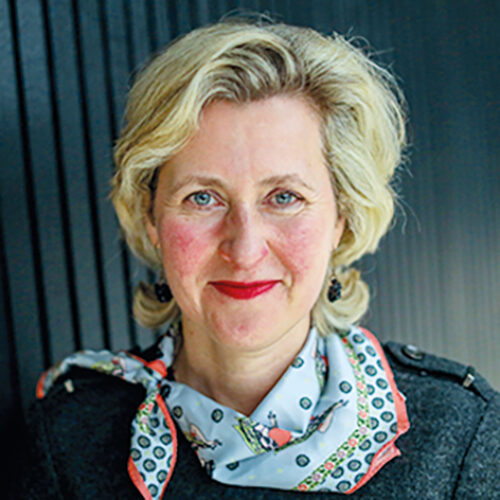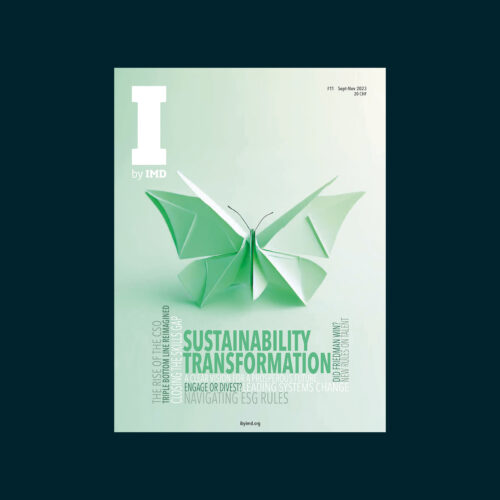2. Communicate the vision clearly for all stakeholders
Beyond this analysis, there needs to be an effective, intermediary translator between science and the collective mass to drive change. The most important aspects of the holistic systems understanding need to be simplified and communicated to key stakeholders. Our experts said finding the right balance between simplicity and complexity could be challenging and required some iteration to get right.
Valanko said: “The challenge you always have is how much do you simplify so that you’re able to take decisions and communicate those to the people that you need to bring on the journey with you, versus how much complexity do you retain to ensure that you do actually go in the exact right direction? I think that’s the piece where the actual word leadership comes in. Leadership isn’t just about knowing where to go, it’s about how many people you bring with you.”
For example, in his work at Kemira, there were multiple different stakeholder perspectives that he could use as a lens to understand how the chemical industry would evolve across several countries over the next decades. Complex technological, economic, political, and environmental factors all needed to be taken into account. These factors complicate all sustainability-related leadership decisions. Valanko chose to focus on the consumer perspective and integrate climate change into strategy. This strategic direction paved the way for sustainability as a whole to be integrated into the core strategy.
Whiteman founded Arctic Basecamp because she felt there was a need to translate complex system dynamics based on natural science to decision-makers.
“We needed to get a much more direct communication line between scientists – particularly natural scientists that knew about systemic global risks that would happen in the future – and those actors that had power that could make decisions to either adapt or mitigate to those risks,” she said.
Arctic Basecamp curates scientific data, then translates and communicates it in a way that everyone can understand. It then designs data visualizations to share the information broadly in new ways. For example, the Arctic Sea Ice Meltometer lets users interactively explore how greenhouse gases across the globe are contributing to Arctic Sea ice melt.
Through effective communication, the initial systems view forms the basis for a long-term shared, pliable, and broad vision that diverse stakeholders can get behind. “A key skill of systems leaders is being able to bring people together from very different viewpoints,” said Whiteman.

Audio available

 Audio available
Audio available








